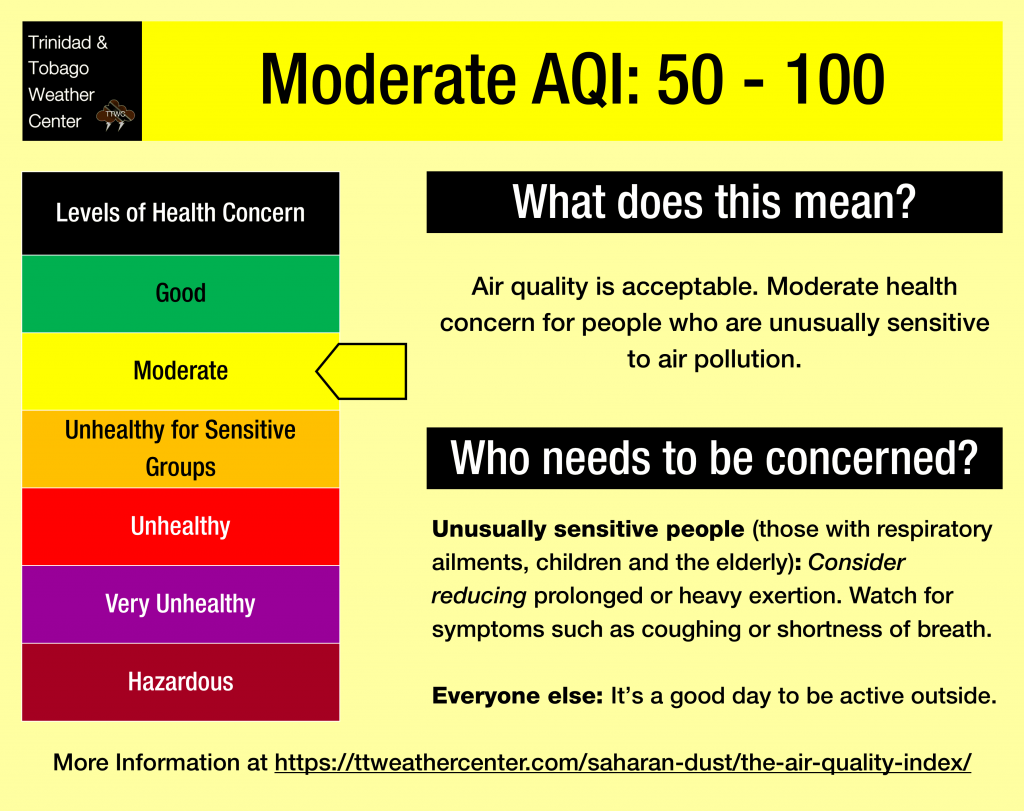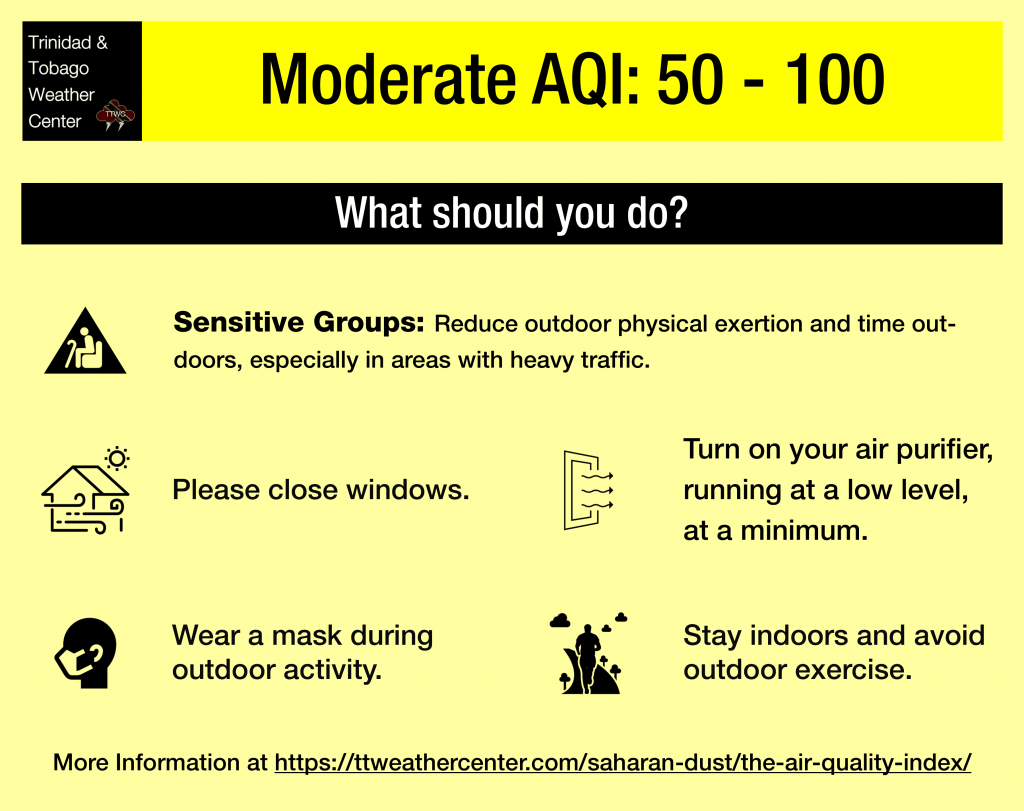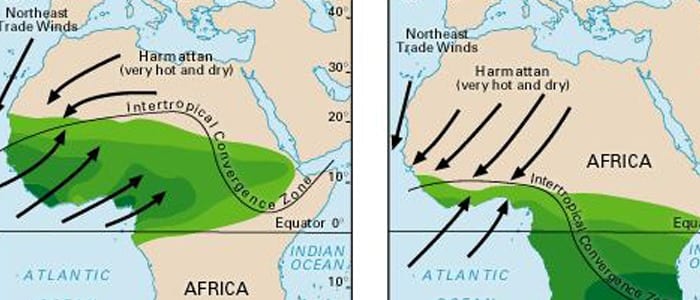Concentrations of Saharan Dust have begun to increase across Trinidad and Tobago as a mild to moderate surge of dust moves across the Windwards.
What you need to know
— Saharan Dust Surges: A mild to moderate surge of dust is moving across Trinidad and Tobago on January 2nd, 2024, with another mild surge arriving by January 6th, 2024. However, from January 7th, dust-free days are forecast across the Lesser Antilles through mid-January.
— Impacts: Over the next seven to ten days, air quality across Trinidad and Tobago is forecast to remain between good and moderate levels.
— What Should You Do: Unusually sensitive groups are advised to take the necessary precautions, particularly during high traffic.
Current AQI Levels Across T&T
The official air quality monitoring stations from the Environmental Management Agency (EMA) at San Fernando, Arima, and Point Lisas report good air quality levels. Stations at Beetham and Signal Hill, Tobago, are not reporting PM2.5 or PM10 data as of Tuesday afternoon.
These measurements are based on PM2.5 (particulates the size of 2.5 micrometers and smaller, usually associated with increases in Saharan Dust, vehicle exhaust, and smoke) and PM10 particulates.
Over the last 24 hours, visibility remained unaffected by Saharan Dust and smoke at the A.N.R. Robinson International Airport at Crown Point, Tobago, and at the Piarco International Airport, Trinidad.
Saharan Dust Forecast

A surge of Saharan Dust is moving across the Windward islands, including T&T, with another mild surge forecast on Saturday, January 6th, 2024. However, by Sunday, January 7th, 2024, dust levels are forecast to reduce significantly, with dust-free days through mid-January.
Air quality levels across Trinidad and Tobago are forecast to remain between good and moderate over the next seven to ten days. Air quality may be further reduced near bush or landfill fires or during high-traffic periods.
What does this mean for you?


The surges of dust during this time of year are due to the Harmattan, a season in the West African subcontinent that occurs between the end of November and the middle of March. During this season, a predominant northeasterly trade wind (dubbed the Harmattan Winds) blows from the Sahara Desert over Western Africa into the Gulf of Guinea.
During this period, a ridge of high pressure stays over the central Sahara Desert, and the Intertropical Convergence Zone (ITCZ) remains over the Gulf of Guinea. The Harmattan wind accelerates when it blows across the mountain massifs of Northwest Africa. If its speed is high enough and it blows over dust source regions, it lifts the dust and disperses it.

Dust that makes it into the upper levels of the atmosphere can then get transported across the Atlantic Ocean and affect the Eastern Caribbean. These Saharan Dust outbreaks tend to be milder in the Eastern Caribbean than the dust outbreaks.











